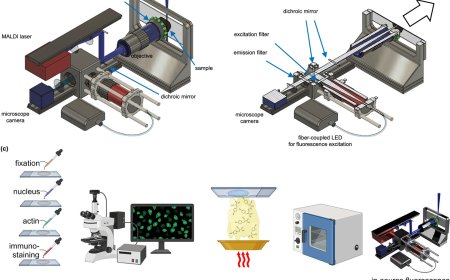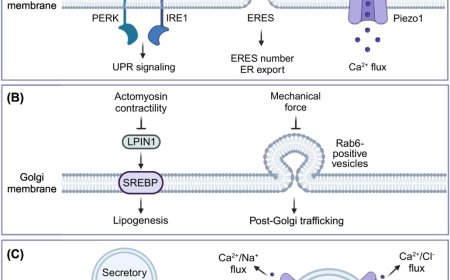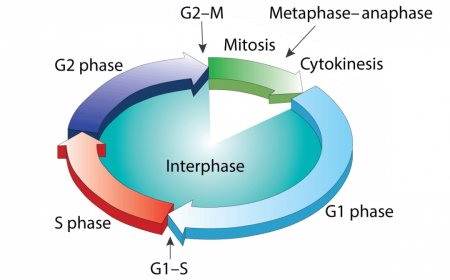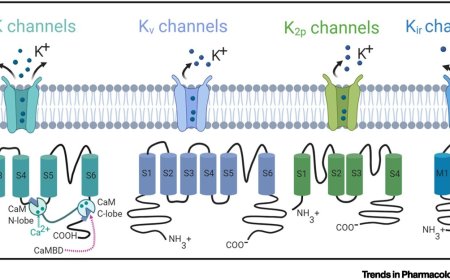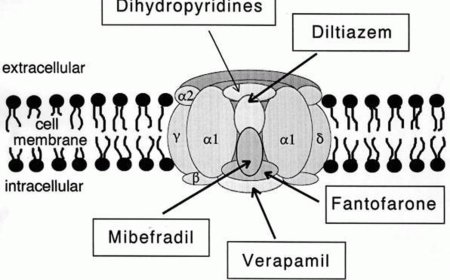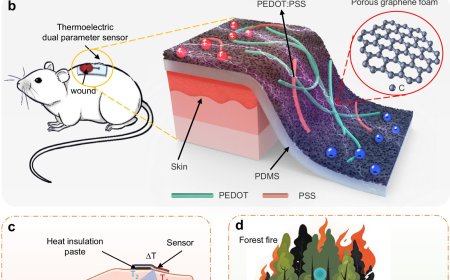Axon-mimicking materials for signal transmission
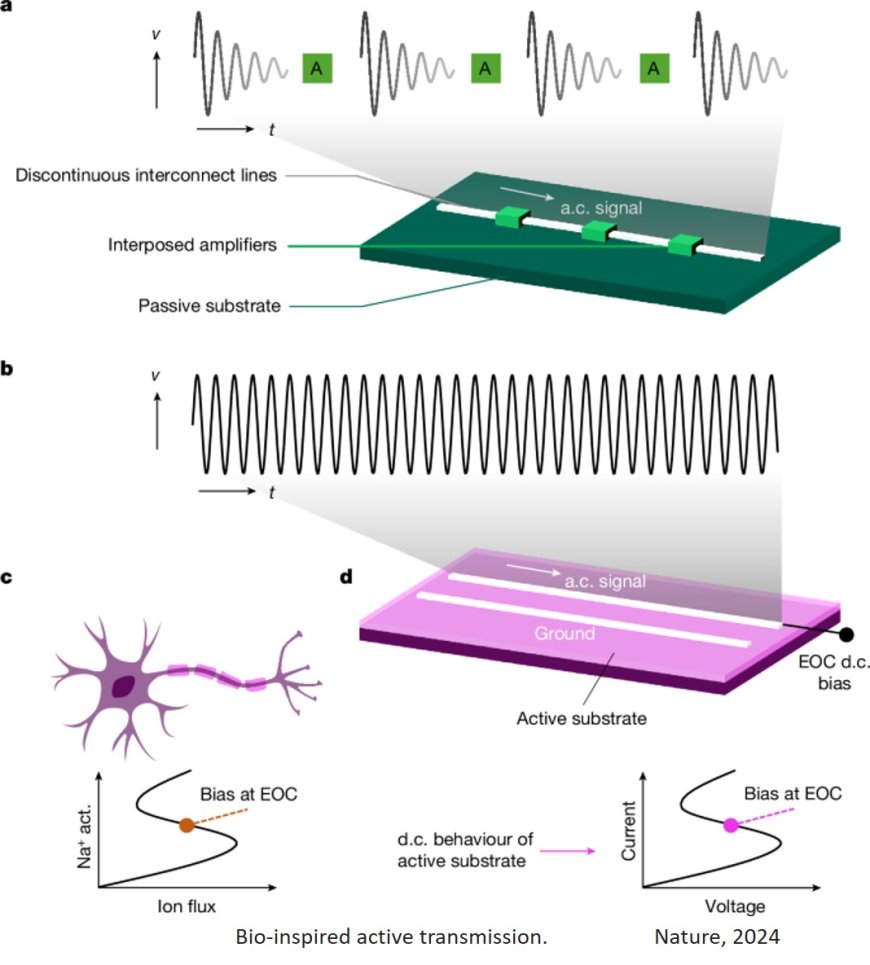
A team of researchers are taking lessons from the brain to design materials for more efficient computing. The new class of materials discovered is the first of their kind – mimicking the behavior of an axon by spontaneously propagating an electrical signal as it travels along a transmission line. These findings could be critical to the future of computing and artificial intelligence.
This study was published in Nature.
Any electrical signal propagating in a metallic conductor loses amplitude due to the metal’s natural resistance. Modern computer processing (CPU) and graphic processing units can contain around 30 miles of fine copper wires moving electrical signals around within the chip. These losses quickly add up, requiring amplifiers to maintain the pulse integrity. These design constraints impact the performance of current interconnect-dense chips.
To combat this limitation, the researchers took inspiration from axons. Axons are a portion of a nerve cell, or neuron, in vertebrates that can conduct electrical impulses away from the nerve cell body.
“Often, we want to transmit a data signal from one place to another, more distant location,” said the lead author. “For example, we may need to transmit an electrical pulse from the edge of a CPU chip to transistors near its center. Even for the best conducting metals, resistance at room temperature continually dissipates transmitted signals, so we typically cut into the transmission line and boost the signal, which costs energy, time, and space. Biology does things differently: some signals in the brain are also transmitted across centimeter distances, but through axons made of much more resistive organic matter, and without ever interrupting and boosting the signals.”
According to the senior author, axons are the communication highway. They communicate signals from one neuron to a neighboring neuron. While the neurons are responsible for processing signals, the axons are like fiber optic cables that move signals from one neuron to its neighbor.
Like the axon model, the materials discovered in this study exist in a primed state, allowing them to spontaneously amplify a voltage pulse as it passes down the axon. The researchers took advantage of an electronic phase transition in lanthanum cobalt oxide that causes it to become much more electrically conductive as it heats up. This property interacts with the small amounts of heat generated as a signal passes through the material, resulting in a positive feedback loop.
The result is a set of exotic behaviors not observed in ordinary passive electrical components – resistors, capacitors, inductors – including amplification of small perturbations, negative electrical resistances, and unusually large phase shifts in ac signals.
According to the author, these materials are unique because they exist in a semi-stable ‘Goldilocks state.’ Electrical pulses neither decay away nor exhibit thermal runaway and break down. Instead, the material will naturally oscillate if it is held under constant current conditions. The researchers determined they could harness this behavior to create spiking behavior and amplify a signal that travels along a transmission line.
These findings may be critical in the future of computing, which is driving an increasing demand for energy use. Data centers are anticipated to use 8% of United States power by 2030, and artificial intelligence could dramatically increase that demand. In the long term, it is a step toward understanding dynamic materials and using biological inspiration to promote more efficient computing.
https://www.nature.com/articles/s41586-024-07921-z
https://sciencemission.ayurmatrika.com/Axon-like-active-signal-transmission







